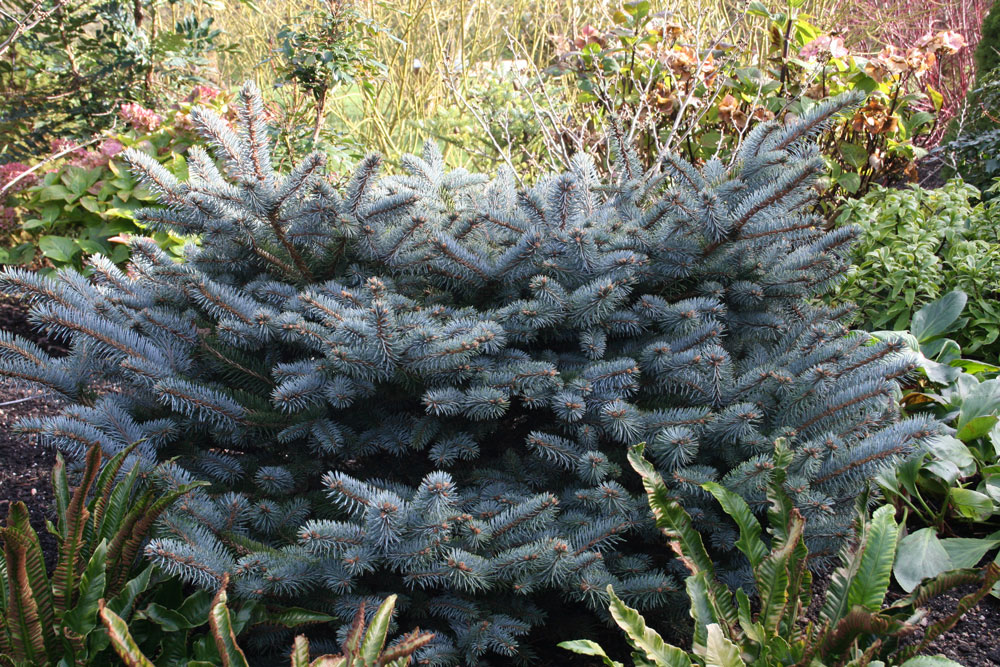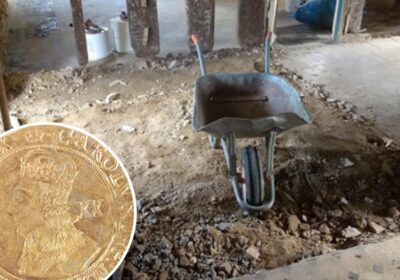By Sally Gregson.
IT often comes as a surprise that plants suffer the vagaries of fashion but it seems that certain plants, genera, entire classes of plants can go out of fashion suddenly.
It happened to conifers about 30 years ago. Beds of ‘dwarf conifers’ and erica that had been so popular in the 1970s suddenly grew into conifer plantations with dead heathers at their feet.
And we had all heard of, if not grown, those green monsters, veritable triffids, called ‘Leyland Cypresses’. Every small garden, it seemed, was edged, if not surrounded, rather intimidatingly, by Leyland hedges. They grew at top speed to hide an eyesore, make a quick hedge, mark a boundary, and forgot to stop growing. They were bi-generic crosses that can often exhibit ‘hybrid vigour’. Leyland Cypresses very quickly became everyone’s nightmare.
And soon every innocent conifer was considered the same. Nobody trusted an entire division of plant-life. We threw the baby out with the bathwater.
Now it’s time for a re-think. There are a few, very slow-growing conifers that take up to ten years to grow larger than a metre in all dimensions. And some of them are very pretty.
There are the fat globes of Pinus pungens ‘Globosa’, for example, that reach 45-75cm in height and 60-75cm spread over ten years. They have fat stems covered in pale blue needles that extend in spring with silvery-blue new shoots. They like sun and good drainage and would earn a place in everyone’s front garden underplanted with orange crocus or small species tulips.
Abies pinsapo ‘Aurea’ is another dwarf conifer that eventually makes a golden mound. Over time its fat stems grow out in all directions like an anarchic pyramid. Each shoot resembling a large paw with fat fingers of green new growth in spring.
Then there’s Pinus strobus ‘Tiny Curls’ that looks as if it’s having a bad hair day. Its needles are blue-green, twisted and contorted in a fascinating way. It slowly makes a shrub up to 1m in ten years and would look good in a container by a sunny front door. It can also be top-worked as a standard tree.
It’s worth visiting a small nursery that specialises in conifers to discover your own new ‘must-have’ plant. You are guaranteed to go home with more than one.










Leave a Reply